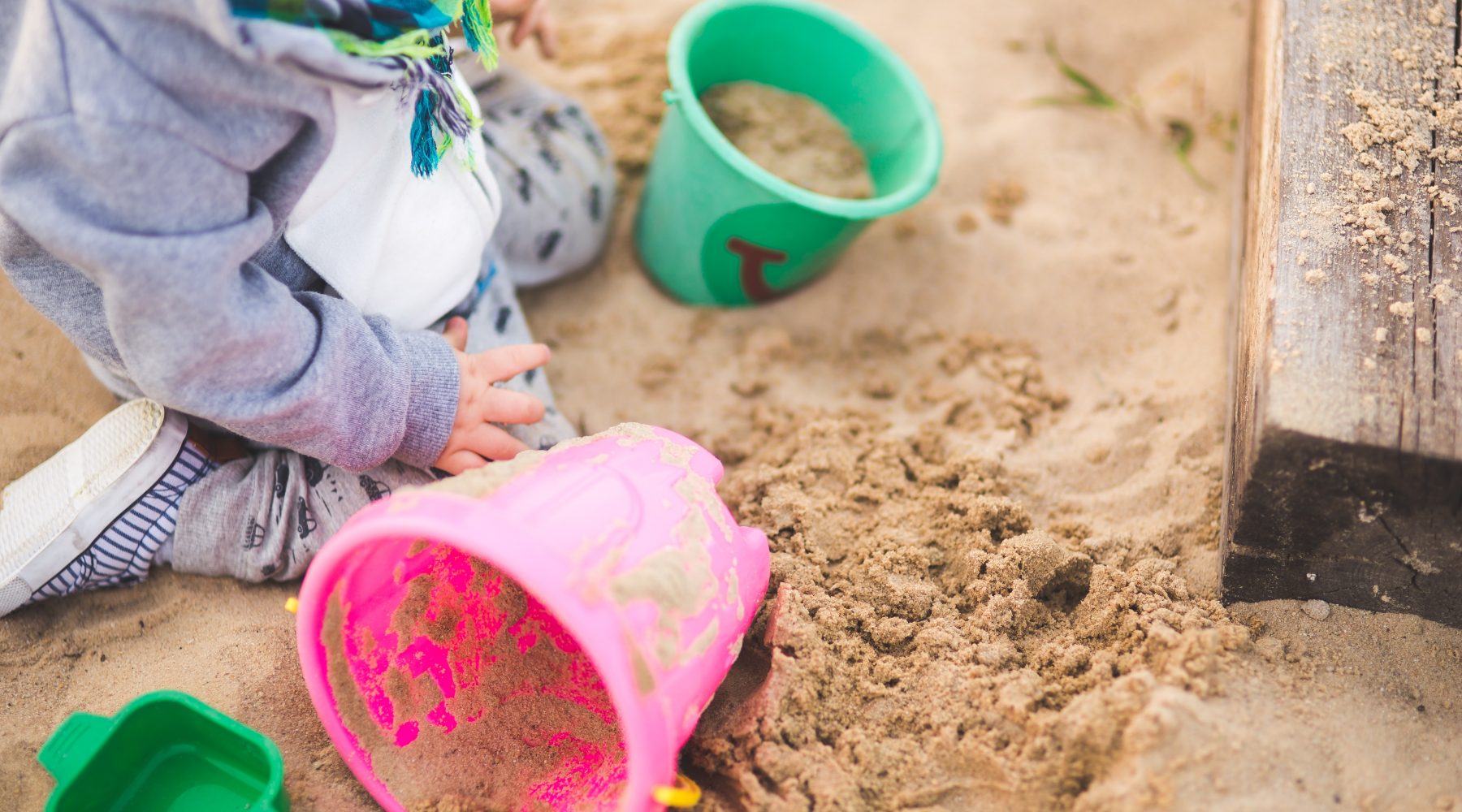Where have all the flowers gone? Outdoor environments in an indoor space
opinion
The views expressed by contributors are their own and not the view of The Sector.

Indoor childcare centres with simulated outdoor environments are on the rise, but what are the implications for the children that attend? And how can the centre owners best provide ‘outdoor’ recreational environments that meet the National Quality Standards?
Ask anyone over the age of 40 to recall their favourite childhood memory and chances are high that it would have taken place outside, and away from the eyes and ears of adults.
In just one generation, the landscape of play which has served us for such a long time has changed, and along with the change has come an increase in some worrying trends – upturns in obesity and mental health issues, declines in wellbeing and self-esteem, increases in attention disorders. Multiple studies suggest this isn’t a coincidence, and there is a strong correlation between diminished time outdoors and the mental, physical and emotional outcomes our children experience.
Best-selling author Richard Louv describes the worrying phenomenon as Nature Deficit Disorder, and the cure is surprisingly simple – more green time, less screen time. However, with land availability decreasing, especially in our urban areas, many service providers are choosing to dedicate an inside floor of what would have once been office space into a childcare centre. Seemingly a win for time-poor parents, a value add for those parents and businesses occupying other floors, and a solution for owners in locations where land demand outstrips supply – but what are the implications?
In assisting a family member with sourcing childcare in Sydney, I came across a troubling phrase, over and over again – simulated outdoor environments. One centre boasted of their “outdoor” play area (on level 5 of a high-rise building, and fully enclosed from the elements) as having gardens, a cubby house, a fish tank, an outdoor library, art area, a sandpit, a space for riding bikes…and a mud kitchen.
Always mindful of the value of multiple perspectives, I showed the pictures and read the description of the play space to a4 year old, the intended recipient of this “simulated outdoor environment”. Theirr face told me many things before their words did, and when they came, their words were simple “That’s silly! How can you have mud without rain?”– how indeed?
The Early Years Learning Framework (EYLF), the core curriculum guidance document for Australian early childhood services, lauds the value of outdoor environments, and the irreplaceable benefits they provide to children:
Outdoor learning spaces are a feature of Australian learning environments. They offer a vast array of possibilities not available indoors. Play spaces in natural environments include plants, trees, edible gardens, sand, rocks, mud, water and other elements from nature. These spaces invite open-ended interactions, spontaneity, risk-taking, exploration, discovery and connection with nature. They foster an appreciation of the natural environment, develop environmental awareness and provide a platform for ongoing environmental education (Department of Education, Employment and Workplace Relations, 2009, p. 16).
How do you promote connection with nature on the fifth floor when the only breeze you feel on your skin comes from the air conditioner? What risk and exploration happens when the elevator whisks you up to the fifth floor and you spend your day behind glass? And, most importantly for those business owners occupying these spaces, how can you fulfil the National Quality Standards, and achieve the rank of “exceeding” without an outdoor space?
Creating a connection with nature, and providing opportunities for children to explore natural elements, and meet the requirements of the National Quality Standards is possible with some careful planning and consideration. Playspace and Landscape Designer Tess Michaels offers the following guidance:
- Consult with a landscape designer at the construction phase: this will ensure that play elements requiring waterproofing, electrical, water, drainage and soundproofing can be accommodated
- Council and legislative requirements for adequate light and ventilation are paramount in gaining approval to first construct, and then open, a centre. There are many cost benefits to designing to council approval, rather than retrofitting after the fact.
- Any natural elements introduced into the environment will require water, nourishment and maintenance. It’s not reasonable to expect children and staff to maintain the plants – engaging an experienced horticulturalist will ensure the maintenance to the simulated outdoor area is kept up and that the substantial investment is protected.
- Soft fall with artificial turf atop may seem to replicate grass – at least to the eye – but many types of artificial turf may not meet appropriate fire resistance standards, or may contain lead – both of which are major concerns in an environment with children.
Service providers and leaders have an obligation – under the National Quality Standards and local regulatory requirements – to provide natural environments for children to learn in, explore and play. With some careful consideration in the planning stages, perhaps we can attain environments which are as close to real as they can be – our children deserve nothing less. Something to ponder, when you take a walk outside today.
Popular

Quality
Practice
Provider
Research
Workforce
Honouring the quiet magic of early childhood
2025-07-11 09:15:00
by Fiona Alston

Practice
Provider
Quality
Research
Workforce
New activity booklet supports everyday conversations to keep children safe
2025-07-10 09:00:16
by Fiona Alston

Quality
Practice
Provider
Workforce
Reclaiming Joy: Why connection, curiosity and care still matter in early childhood education
2025-07-09 10:00:07
by Fiona Alston










